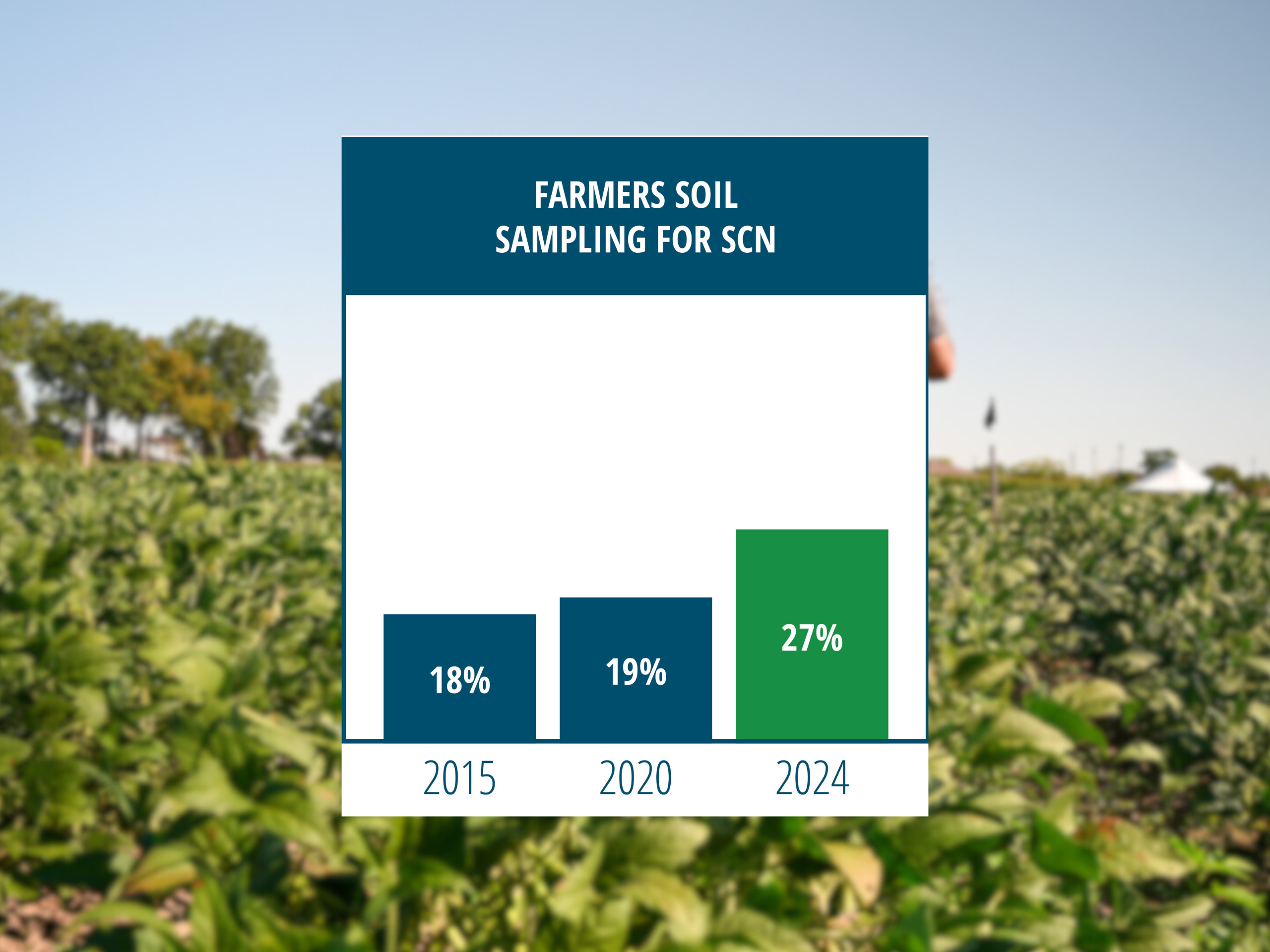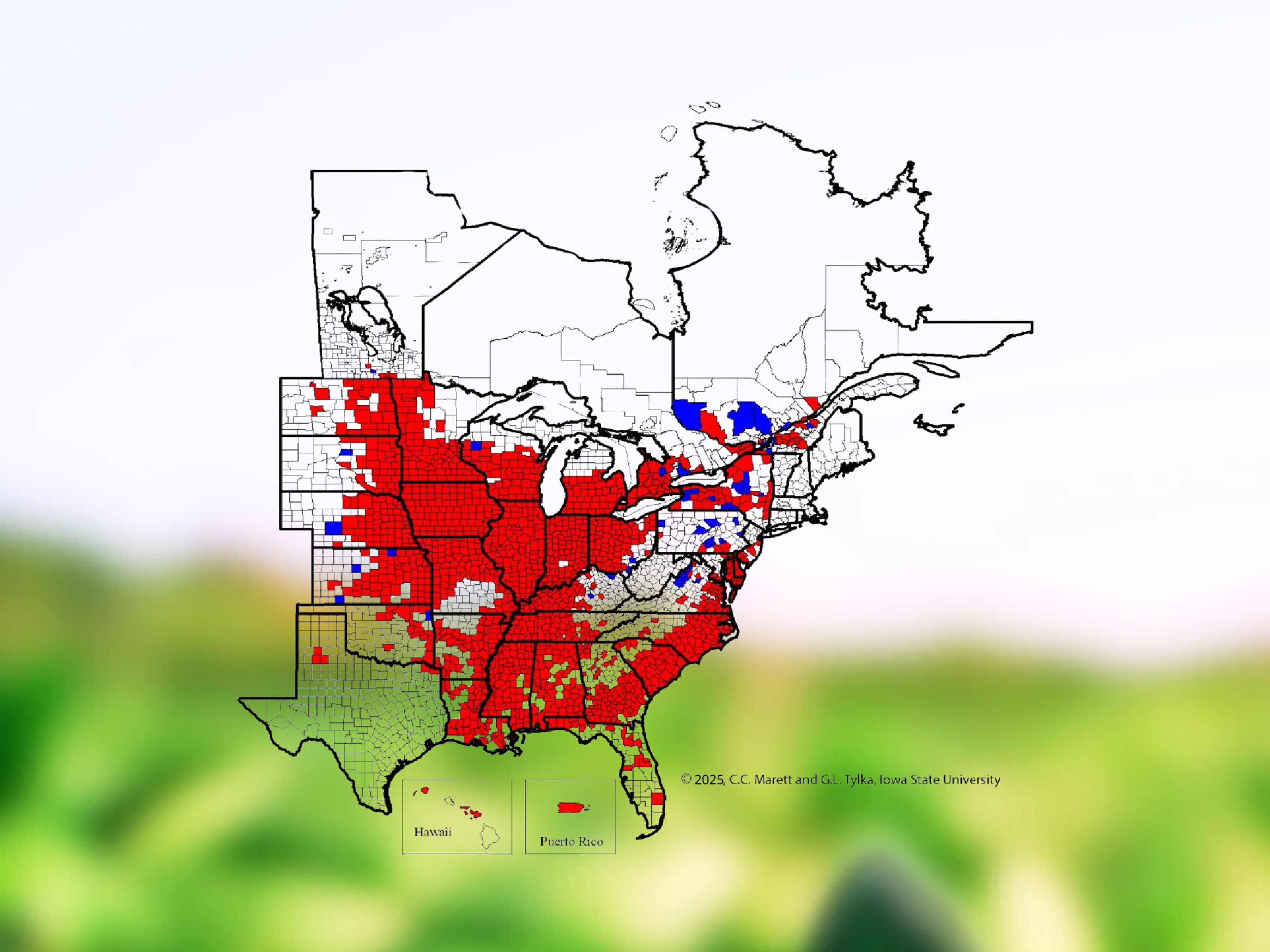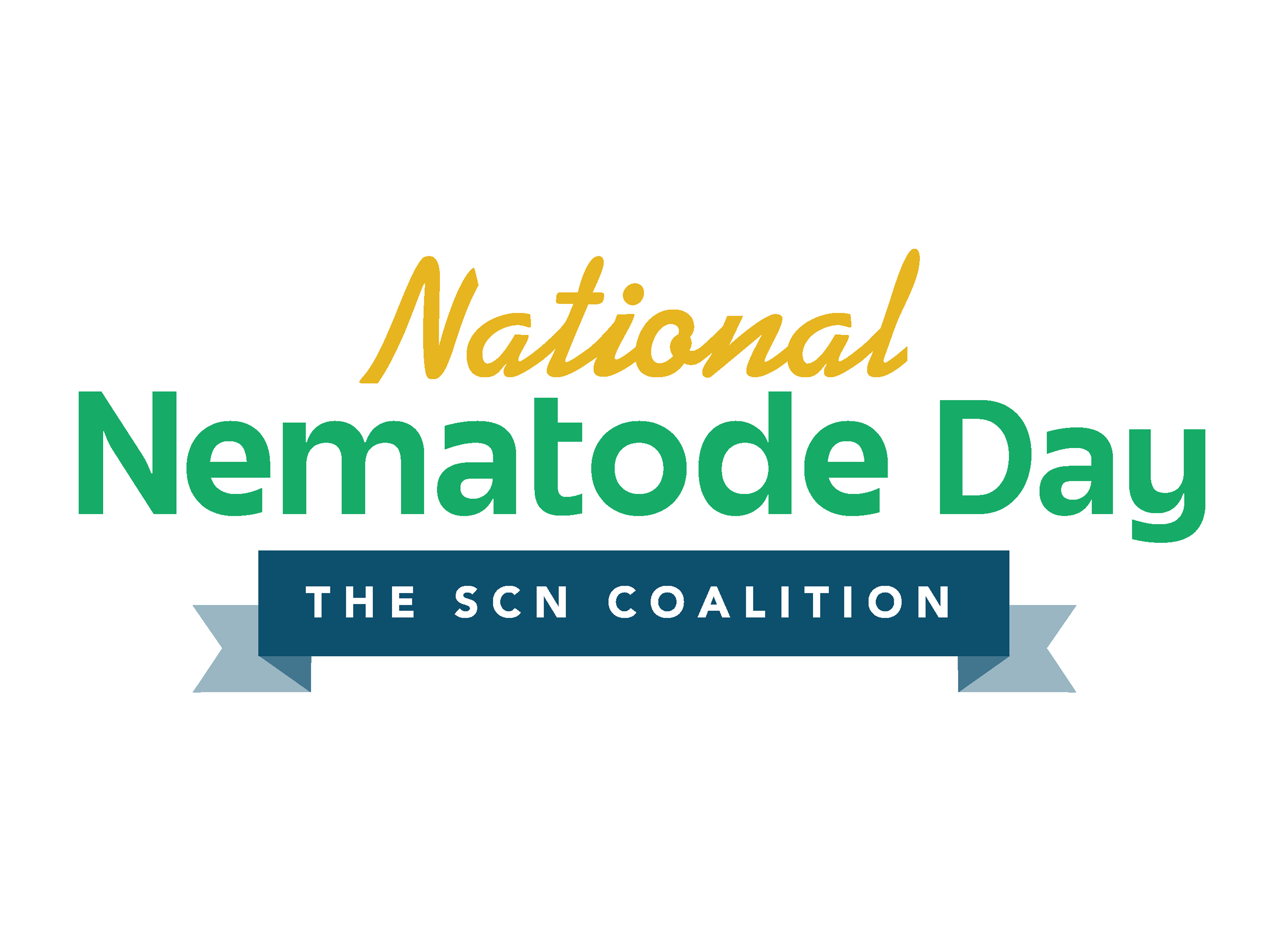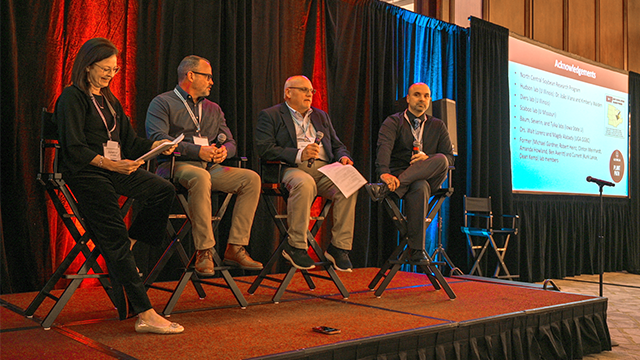
Waukesha, Wis. (Feb. 21, 2023) – “Don’t ever let politics or pessimism deter you from producing novel and bold strategies,” said Ed Anderson, executive director of the North Central Soybean Research Program, to kickoff the 2022 National Soybean Nematode Conference. Those presenting at the conference have clearly embraced that mission.
A hot topic at the event was a new genetic tool for managing soybean cyst nematode (SCN) that’s expected to hit the market late this decade. “The new Bt SCN resistance trait developed by BASF will slow the rate of increasing yield loss, but it alone won’t fix the problem,” says Greg Tylka, nematologist at Iowa State University and a leader of The SCN Coalition. The mounting economic toll of parasitic nematodes must not be met with complacency. Barring the unexpected development of a silver bullet, an active, multipronged defense against SCN will be needed.
SCN is a mounting economic threat
SCN currently costs farmers 5.5 bushels an acre, equating to roughly $1.5 billion in yield loss each year, estimates Mike McCarville, trait development manager at BASF. By 2030, he expects that yield reduction to grow to “about 10 bushels an acre, amounting to over $2 billion in lost soybean yield each year.”
Farmers are planting resistant varieties, but McCarville explains that data from Tylka’s variety trials in Iowa show SCN is reproducing at around 35% on the PI 88788-based varieties that dominate the market today. McCarville expects reproduction will rise to 50% by 2030. Based on that, it might be tempting to switch completely to another source of SCN resistance known as Peking. But McCarville explains resistance management modeling shows SCN will adapt to Peking much faster than it did to PI 88788. Therefore, experts encourage farmers to rotate resistant varieties to preserve that longevity.
“This is a massive problem that requires a big solution,” McCarville says. “I believe that big solution will require new traits, and those traits will have to be partnered with other tactics and technologies to provide a sustainable solution for this pest.”
Parasitic fungi for biological control of SCN

One possible avenue of defense is the development of new biocontrol strategies for SCN, an approach pursued by Kathryn Bushley, research molecular biologist and curator of the Agricultural Research Service Collection of Entomopathogenic Fungal Cultures at USDA. “The field of biological control has long focused on a single-mechanism approach,” she says. “An interactive or multi-faceted approach to agronomic threats like SCN is worth exploring.”
Bushley is studying nematode-trapping fungi that colonize in the soybean root zone, vetting them as candidates for seed coatings or root bio-inoculants for protection against SCN. In addition to trapping nematodes, Bushley says the beneficial root endophytes can also indirectly prep a plant’s defense mechanisms.
SCN interaction with other pathogens
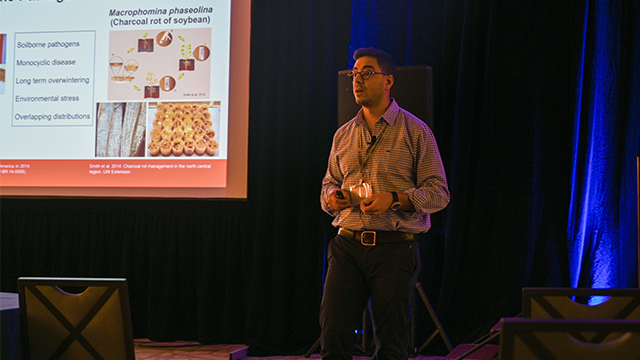
Soybean pathologist and nematologist Horacio Lopez-Nicora at The Ohio State University set the stage for his presentation with this quote: “Nature does not work in a pure culture.” A farmer rarely deals with a single pathogen. What’s more, those pathogens interact, Lopez-Nicora says.
His survey work in Ohio showed 77% of the samples collected contained SCN and Macrophomina phaseolina, the pathogen that causes soybean charcoal rot. Analysis of that data showed a significant interaction between the two that had a linear and negative impact on yield without causing visible symptoms. The yield hit was especially pronounced for fields with high populations of both pathogens. Lopez-Nicora’s findings drive home the importance of integrated pest management strategies that consider the full picture when dealing with SCN and other soilborne pathogens.
Speakers with Pattern Ag expressed similar sentiments, noting their soil sampling shows SCN-infested fields are often also infested with Pythium or Fusarium virguliforme, the agent that causessudden death syndrome. SCN causes other diseases to be “highly expressed,” explains Pattern Ag’s Mike Tweedy. There’s a lot of farmer apathy toward SCN, but he says, “the breakthrough happens when we discuss the synergistic effect with other diseases and their impact on yield.”
Leveraging digital tools to enhance agricultural systems
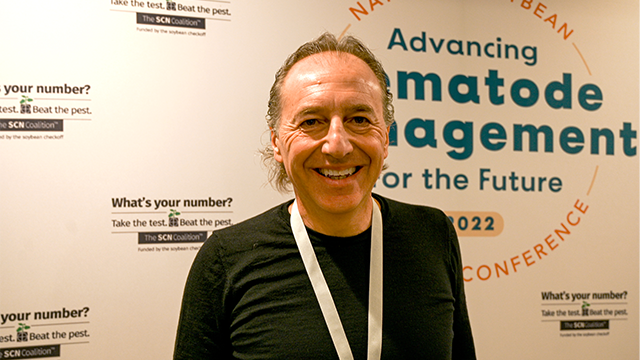
Bruno Basso, an agronomist and crop systems modeler with Michigan State University, uses digital agriculture to enhance the sustainability of agricultural systems. Thermostability mapping shines a light on how much variability can exist within a field, marking stable and unstable zones. Unstable areas of fields are more vulnerable to SCN and other threats, Basso says. Farmers can use that information to optimize management and improve profits.
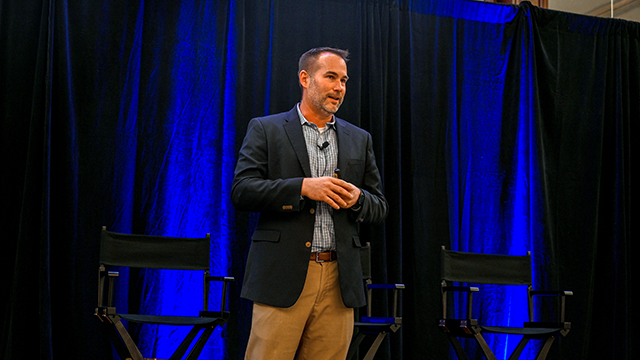
Many are working on digital solutions that leverage the wealth of farm data in a way farmers can understand and use. Tom Eickhoff, a chief science officer at Bayer Crop Science’s Climate LLC, says farmers want tailored solutions in seed and crop protection. They want these tools to help them make more informed and confident decisions and plans. The idea of tailoring product and management solutions to solve challenges on the farm is not something new to farmers, Eickhoff says. Rather, they are interested in how digital tools can streamline and improve management decisions.
An all-of-the-above approach to SCN management
Advances in technology are bringing the industry a deeper understanding of SCN and potential new avenues for fighting it – whether that’s with biocontrol agents or a focus on overall soil health or using drones for more precise management of fields. All these strategies have a place at the table, giving farmers more ways of keeping SCN on its toes.
“The National Soybean Nematode Conference brought together an innovative and diverse group of thinkers with a shared passion for fighting SCN. Seeing them come together to share ideas, collaborate and plan was powerful,” says Melissa Mitchum, plant nematologist at the University of Georgia and a leader of The SCN Coalition. “I’m excited to see how we capitalize on the momentum built at the conference.”
###
About The SCN Coalition
The SCN Coalition is a public/checkoff/private partnership formed to increase the number of farmers who are actively managing SCN. Our goal is to increase soybean farmers’ profit potential and realize higher yields. Partners in The SCN Coalition include university scientists from 28 states and Ontario, grower checkoff organizations, including the North Central Soybean Research Program, United Soybean Board and several state soybean promotion boards, and corporate partners including BASF, Bayer, Growmark, Nufarm, Pioneer (Corteva), Syngenta, UPL Ltd., Valent and Winfield United.

